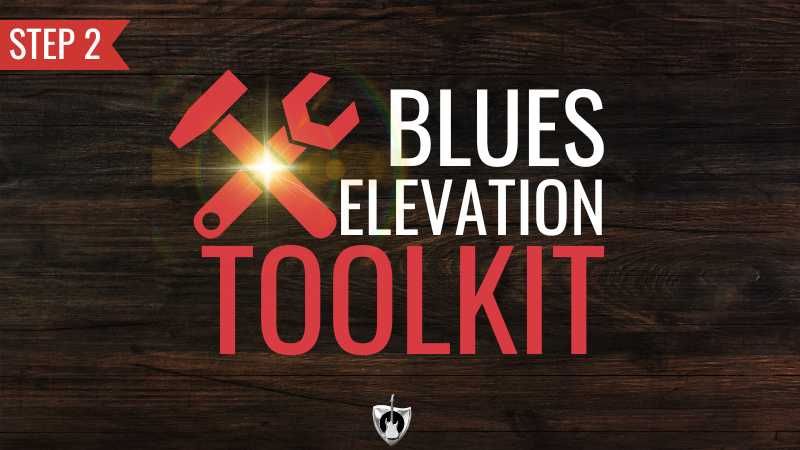Unlocking the Mysteries of Guitar Modes: A Beginner's Guide

As a beginner guitarist, you may have heard the term "modes" thrown around by other musicians and wondered what they are and how to use them in your playing.
Modes are an essential aspect of music theory and can help you create more interesting and complex melodies and solos.
However, they can be a bit intimidating for beginners who are just starting to learn about music theory.
In this beginner's guide, we will unlock the mysteries of guitar modes and help you understand what they are, how to use them, and how to incorporate them into your playing.
What are Guitar Modes?
Modes are scales that are derived from the major and minor scales.
The major scale is a series of seven notes that follow a specific pattern of whole and half steps.
The notes of the major scale are numbered from 1 to 7, and each of these notes can be used as the starting point for a new scale, which is a mode.
The modes of the major scale are:
-
Ionian (the major scale)
-
Dorian
-
Phrygian
-
Lydian
-
Mixolydian
-
Aeolian (the natural minor scale)
-
Locrian
Each mode has its unique sound and feel, and they can be used to create different moods and emotions in your music.

Understanding the Modes
To understand the modes, it's essential to understand the relationship between them and the major scale.
Each mode starts on a different note of the major scale, and the notes of the mode are identical to those of the major scale, but the root note is different.
For example, the Dorian mode is the second mode of the major scale, and it starts on the second note of the major scale.
The notes of the Dorian mode are the same as the notes of the C major scale, but the root note is D.
Here is a breakdown of the modes and their relationship to the major scale:
- Ionian (the major scale) - starts on the 1st note of the major scale
- Dorian - starts on the 2nd note of the major scale
- Phrygian - starts on the 3rd note of the major scale
- Lydian - starts on the 4th note of the major scale
- Mixolydian - starts on the 5th note of the major scale
- Aeolian (the natural minor scale) - starts on the 6th note of the major scale
- Locrian - starts on the 7th note of the major scale
Each mode has a unique sound and feel, and they can be used to create different moods and emotions in your music.
How to Use Modes in Your Playing
Now that you understand the modes and their relationship to the major scale, it's time to start using them in your playing.
One way to use modes is to play them over different chords. For example, if you're playing a G major chord, you could play the G Ionian mode, which is the G major scale.
However, you could also play the A Dorian mode over the G major chord, which would create a different mood and emotion in your music.
Another way to use modes is to use them in your solos. You can use the modes to create more interesting and complex melodies by targeting specific notes in the mode.
For example, if you're playing a solo in the key of C major, you could use the G Mixolydian mode over the G7 chord in the progression.
This would add a bluesy feel to your solo and make it stand out from the rest of the song.

How to Practice Modes
Practicing modes may seem daunting at first, but with a structured approach and consistent effort, it can become a rewarding and enjoyable experience.
Here are some tips to help you get started:
-
Start with the Major Scale - Since modes are derived from the major scale, it's best to start by practicing the major scale in all positions and keys. This will help you develop a solid foundation for understanding and playing modes.
-
Visualize the Scale Shapes - To help you memorize the scale shapes, try visualizing them on the fretboard or using a guitar app or website that shows the shapes in different positions and keys.
-
Practice in Different Keys - Once you're comfortable with the major scale, start practicing the modes in different keys. This will help you develop a better understanding of the relationship between modes and keys.
-
Use Backing Tracks - Practicing with backing tracks is a great way to develop your improvisation skills and get a feel for how the modes sound in a musical context.
-
Experiment with Different Chord Progressions - Try playing the modes over different chord progressions to see how they fit and create different moods and feelings.
Remember, practicing modes takes time and patience. Don't get discouraged if it takes a while to get comfortable with them.
With consistent effort, you'll start to unlock the mysteries of guitar modes and discover a whole new world of musical possibilities.
Tips and Tricks for Mastering Modes
Modes can be tricky to master, but with a little practice and some helpful tips, you can unlock their full potential.
Here are some tips and tricks for mastering modes on the guitar:
-
Start with the major and minor scales: The major and minor scales are the foundation of music theory and are the basis for all modes. By mastering these scales, you'll have a solid understanding of the musical theory behind modes.
-
Practice in different keys: Once you've mastered the major and minor scales, try practicing modes in different keys. This will help you become more familiar with the sound and feel of each mode.
-
Use a metronome: When practicing modes, it's important to maintain a steady rhythm. Using a metronome can help you develop a strong sense of timing and improve your overall technique.
-
Experiment with different chord progressions: Modes can be used in a variety of chord progressions, so don't be afraid to experiment with different combinations. This will help you develop a deeper understanding of how modes work and how they can be used in different musical contexts.
-
Play with other musicians: Playing with other musicians is a great way to develop your skills and learn new techniques. It can also help you develop a better understanding of how modes can be used in a group setting.
By following these tips and tricks, you'll be well on your way to mastering modes on the guitar.
Remember to take your time, be patient, and most importantly, have fun!
Conclusion
In conclusion, modes can be an intimidating topic for beginner guitarists, but they don't have to be. By understanding the basics of modes, you can unlock a whole new world of sounds and possibilities in your playing.
Remember to start with the major scale and work your way from there. Practice playing each mode over a chord or backing track and listen to the differences in sound.
Experiment with incorporating different modes in your solos and songwriting to create unique and interesting music.
Most importantly, have fun with it! Learning and experimenting with modes can be a rewarding and exciting journey for any guitarist.
GET FREE WEEKLY GUITAR LESSONS, PODCASTS, AND MOTIVATION DELIVERED TO YOUR INBOX.
Your information is kept safe. It's never shared with third parties.




